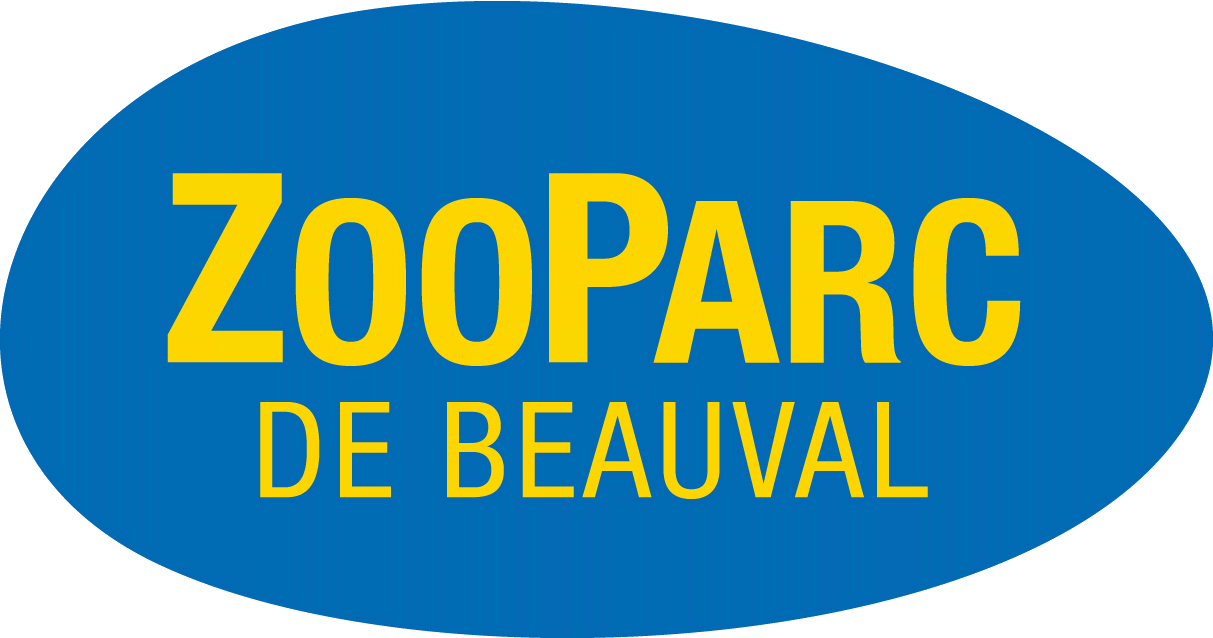top of page

DNA is a long twisted ladder shaped molecule made of four smaller molecules called nucleotide which are the rungs of the ladder. Nucleotides are the four letters of genetic alphabet shared by all living things and various combinations of those nucleotides tell them how to grow, how to move, how to sense the environment, how to reproduce … DNA is transmitted from generation to generation, copied with extreme care. The sum of all DNA contained in a cell is called the genome. There are different kinds of genome organization depending on the species. For example, bacteria’s genome is made of a single circular DNA molecule called plasmid. On the other hand, eukaryotic cells DNA has a very complex compressed structure to allow a great amount of DNA to fit into a very small nucleus, this kind of DNA is called genomic DNA. But it’s not the only kind of DNA in eukaryotic cells. The organelle called mitochondrion has its own DNA too which is called mitochondrial genome.

Figure 1 : Représentation de l'ADN nucléaire dans l'organisme
For Humans, the genomic DNA is divided up into 46 chromosomes that are equally inherited from both parents. Genomic DNA is composed of coding sequences which represent an average 1.5% of the whole DNA. What are left (98.5%) are non-coding sequences which have critical function into genome expression regulation and contain individuals and species specific sequences which will allow further identification based on genes study.
So genes encode all the information needed for the cell that comes from the fusion between a spermatozoon and an ovule to turn into a billion cells organism. Some of that information can be species specific or individuals specific.

Figure 2 : Carte chromosomique du génome humain
bottom of page







